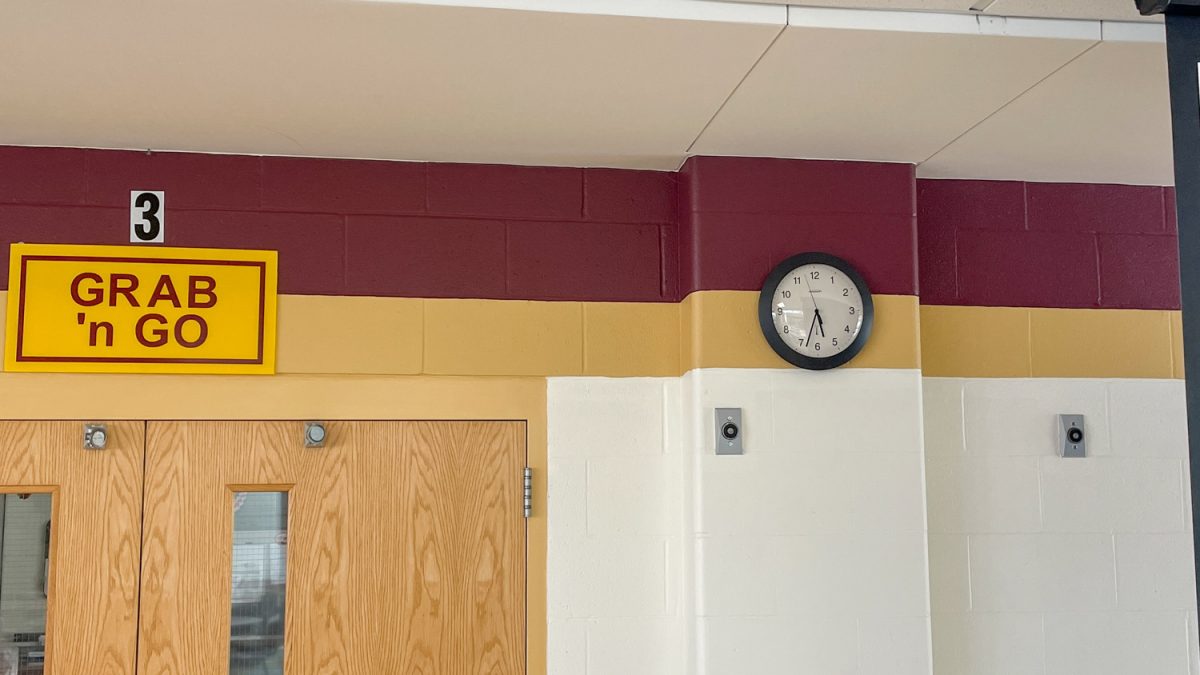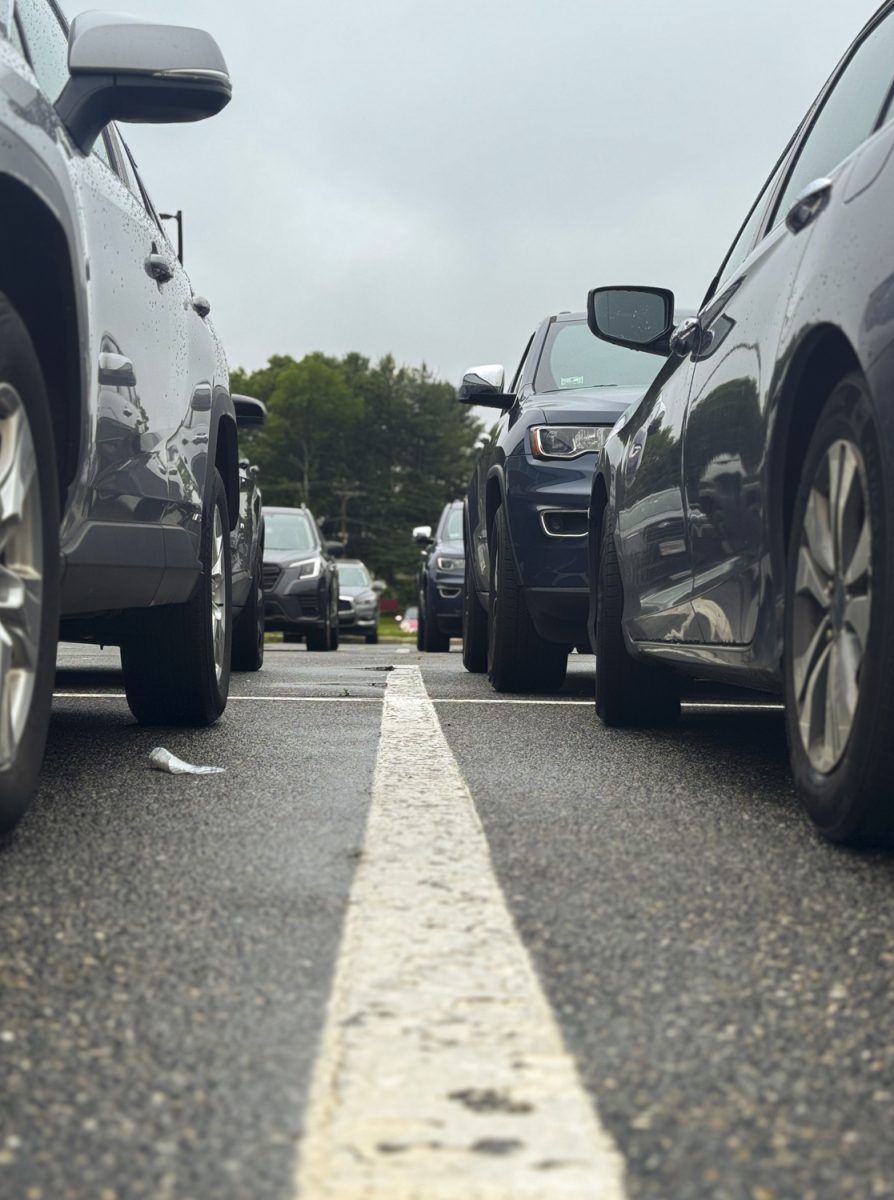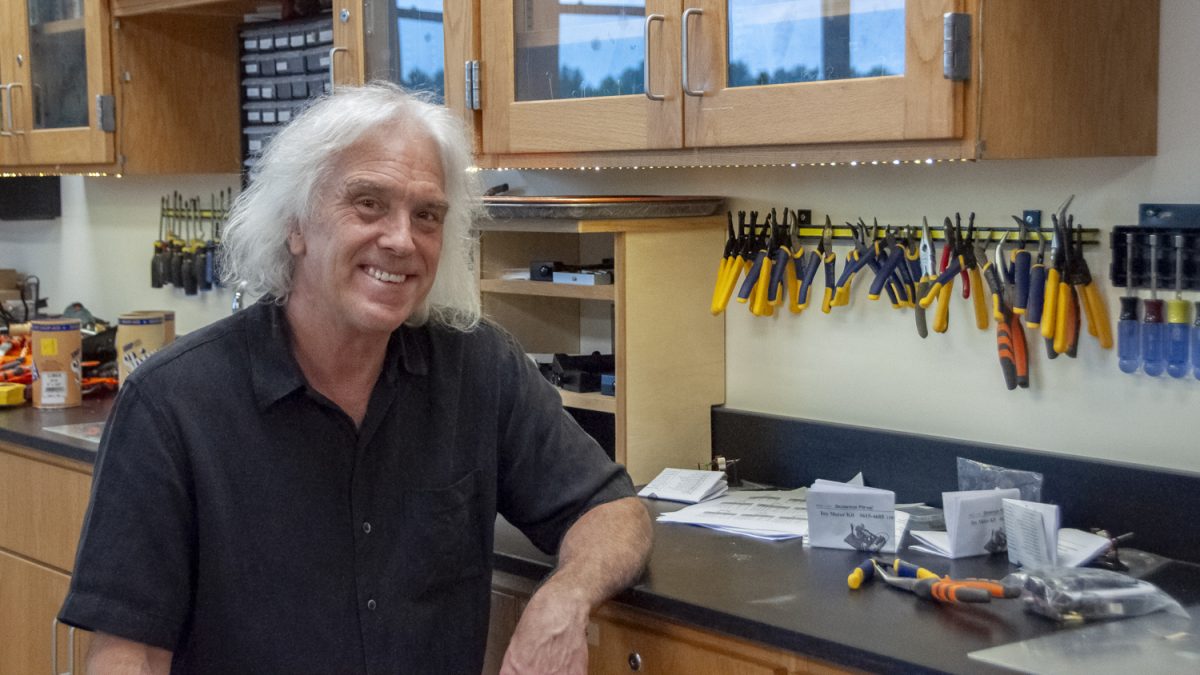Algonquin has seen a rise in the frequency of students who use AirPods throughout the school day, especially during passing times or during lunch, which may impact students’ social interactions.
School is likely the place where teenagers socialize the most. Since smartphones have become ubiquitous, students have been more inclined to take out their phone or put in AirPods when prompted with the task of talking to a stranger. Whenever there is downtime in a class or a chance to socialize, most students stare at their screens or turn up the volume on their AirPods. Isolation has become the norm, and it seems like AirPods are a social impediment.
According to a Harbinger survey of 141 students conducted through Google Forms from Dec. 12 to Dec. 17, 66% of respondents say they wear AirPods in the hallways at least some of the time.
Science department head Lorrie Zanini has seen the change AirPods have brought to Algonquin culture over the years. She claims there was much more conversation between students in the hallways 10 years ago compared to today. In class, students are also less likely to socialize with new classmates they haven’t met before.
“[When students wear AirPods] it gives off the vibe that they aren’t interested in working with their peers,” Zanini said.
Senior Zach Strauss is purposeful in how he uses his AirPods during the school day. Strauss says he takes them out of his ears during a lesson or in the cafeteria but puts them in when doing work by himself. However, he too has seen the impact AirPods have made socially.
“If I saw someone with an AirPod in, I’d probably be less likely to approach them,” Strauss said.
Of the survey respondents who said they always or often use AirPods during passing time at school, 94% said they do so because they like listening to music, 40% said they wear them to drown out hallway noise and 26% wear their AirPods to avoid having to talk to other people.
According to Principal Sean Bevan, Algonquin’s policy on AirPods is not a lengthy one. It says that teachers have discretion on whether it is an appropriate time to use them or not. While there are some restrictions in the classroom, it still feels like everyone is always wearing them and they can be harder for teachers to monitor than other headphones or wired earbuds.
“When you had wires, it was a lot more obvious to see when a student was listening to music,” Bevan said.
While Bevan believes AirPods have somewhat changed the dynamic, Bevan argues that high schoolers will be social regardless.
“The highest appeal of coming to school is to socialize for a lot of students,” Bevan said, “Teenagers are social beings; they like to talk to each other.”
While 38% of survey respondents believe students wearing AirPods has no impact on social interactions, 48% believe AirPods use leads to somewhat less socializing and 10% of respondents believe AirPod use leads to much less socializing between students during downtime at school.
Music teacher Eric Vincent noted that there is no social aspect of listening to music, especially with headphones on, other than singing or dancing with another person. Because of the lack of social interaction, many students use AirPods to further isolate themselves.
“It can be that safety blanket for students that don’t want to interact with people,” Vincent said.











